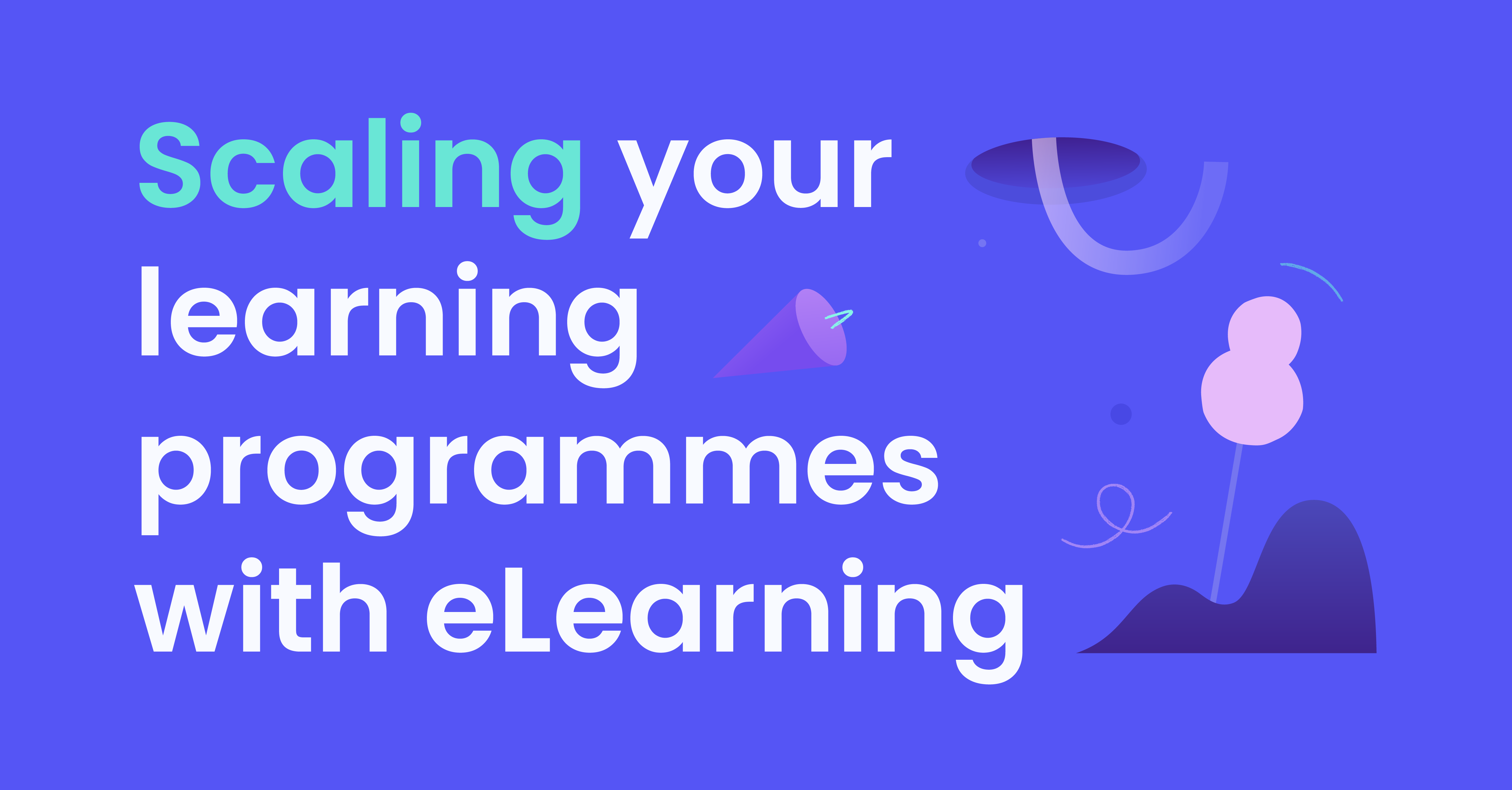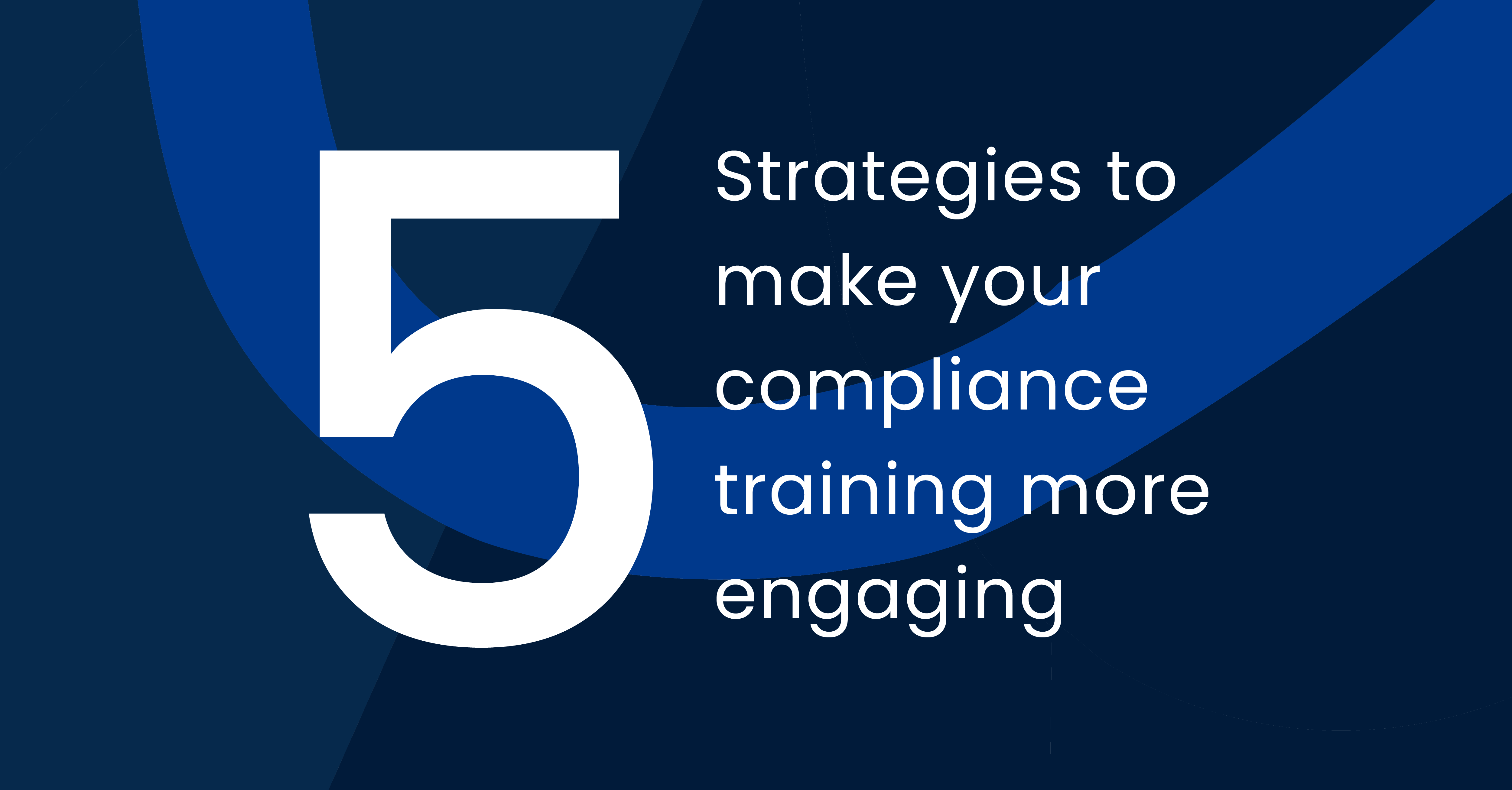Top L&D Challenges of 2025 (And How to Solve Them)
The landscape of learning and development (L&D) has shifted dramatically in recent years, and 2025 is set to bring new opportunities and unprecedented challenges. From rapidly advancing technology to the skills gap that threatens organisational agility, if you're working in L&D, you're at the center of a fast-changing workplace.
But here's the good news—with the right strategies, every challenge is an opportunity to innovate. This blog unpacks the top five L&D challenges of 2025, supported by insights from industry leaders, and shares actionable solutions to help you stay ahead.
Why 2025 Is a Defining Year for L&D
Employee expectations are evolving, industries are undergoing massive transformations, and leaders are looking at L&D to provide answers. The pressure to not just deliver learning but affect real change has never been greater. According to the 2025 L&D Innovation Report, many organisations are facing compounding issues such as tighter budgets and disengaged learners. Yet, businesses that invest strategically in L&D are far better positioned to adapt and thrive.
L&D teams are the backbone of future-proof organisations. Understanding these challenges will help you lead from the front.
Challenge 1 - Bridging Widening Skills Gaps
The World Economic Forum predicts that half of all employees will need reskilling by 2025 due to advancements in technology and shifting workforce demands. For L&D teams, tackling the skills gap is urgent. Employees at all levels need both technical expertise, like AI proficiency, and soft skills, such as critical thinking and adaptability.
How to Overcome This Challenge:
- Perform a Skills Gap Analysis: Assess the skills your workforce currently has and pinpoint areas for development. This can be done with surveys or with assessments in tools like Chameleon Creator.
- Focus on Essential Skills: Skills like resilience, digital literacy, and curiosity are becoming non-negotiable.
- Shift Toward Skills-Based Learning: Replace rigid career pathways with adaptable, skill-focused development programs. This flexibility will prepare employees for long-term success.
Challenge 2 - Integrating Hybrid Workforce Learning
Flexible and hybrid work environments are now standard in many industries. However, this shift has made effective learning delivery more complex. Employees need access to learning experiences that fit seamlessly into their varied work setups, whether they’re on the frontlines, in the office, or at home.
How to Overcome This Challenge:
- Adopt Blended Learning Models: Mix in-person training, virtual classrooms, and self-paced online tools to engage all employees effectively.
- Recreate Collaboration in Digital Spaces: Strategies like virtual shadowing and peer mentoring can help replicate social learning opportunities.
- Leverage Technology: Use tools that offer on-the-go accessibility, such as mobile-responsive learning tools or AI-driven chatbots that provide instant guidance.
Challenge 3 - Navigating Technology Integration
Rapid technological advancement is reshaping L&D, but integrating multiple tools can create significant challenges. Authoring tools, LMS platforms, analytics systems and more often come with separate costs, varying levels of customer support, and the need for specialists to ensure proper integration. This complexity not only drives up expenses but also slows down the implementation process.
How to Simplify Your Tech Stack:
Managing your L&D tech doesn’t have to be complicated. Here are some key ways to overcome common challenges in training program management:
- Streamline your processes: Use platforms that combine design, delivery, and analytics to simplify workflows and reduce costs.
- Integrate your tech stack: Ensure compatibility between tools in your L&D ecosystem, from LMS platforms to content creation software.
- Leverage data analytics: Use tools that provide actionable insights to measure success and continuously improve your training programs.
Whether you use an all-in-one solution like Chameleon or integrate multiple tools, the goal is to create a cohesive strategy that supports your organisation’s learning needs. Focus on impactful learning. Spend less time managing disconnected tools and more time creating meaningful learning experiences.
Challenge 4 - Combating Learning Fatigue
With an overwhelming number of webinars, workshops, eLearning modules, and certifications, employees often feel disengaged from L&D initiatives. The problem isn’t the volume of content but its relevance and quality.
How to Overcome This Challenge:
- Focus on Microlearning: Bite-sized, outcome-driven modules are much more engaging than lengthy programs.
- Personalise Learning Journeys: Tailor content to individual career paths and goals, ensuring the material is contextual and relevant.
- Position Learning as Growth-Oriented: Shift the narrative around L&D from “a box-ticking exercise” to a means for personal and professional growth. For instance, frame new skills as solutions to common workplace challenges.
Challenge 5 - Securing Stakeholder Buy-In During Budget Cuts
Many L&D practitioners report that constrained budgets are making it harder to launch impactful initiatives. Yet, without L&D programs, the costs of poor performance, disengagement, and turnover are much higher.
How to Overcome This Challenge:
- Prove ROI: Use analytics to identify leading indicators that link training outcomes to business goals like higher productivity or lower turnover. Relying only on lagging indicators can mean missing early warning signs. By the time metrics drop, it’s often too late. Combining leading and lagging indicators gives L&D teams the best chance to show real impact.
- Start Small and Scale: Launch a pilot project with measurable outcomes before requesting bigger investments.
- Engage Leaders: Position leadership as advocates for learning by designing programs that directly align with their objectives. Engaged leaders cascade the value of L&D across teams.
Looking Ahead
L&D in 2025 is not just a support function; it’s a strategic driver ensuring businesses can adapt and thrive in a fast-evolving landscape. The stakes are high, but the rewards for innovation and foresight are higher.
By addressing the above challenges head-on, L&D professionals can foster strong organisational cultures, empower employees to grow, and create an agile workforce ready for the future.
If you're ready to revolutionise how your team learns, consider solutions like Chameleon Creator, a powerful tool for designing engaging, on-brand training content. See how Chameleon Creator can transform your L&D initiatives.
Share this
You May Also Like
These Related Stories

Scale your learning programmes with e-Learning.

Choosing your new authoring tool

